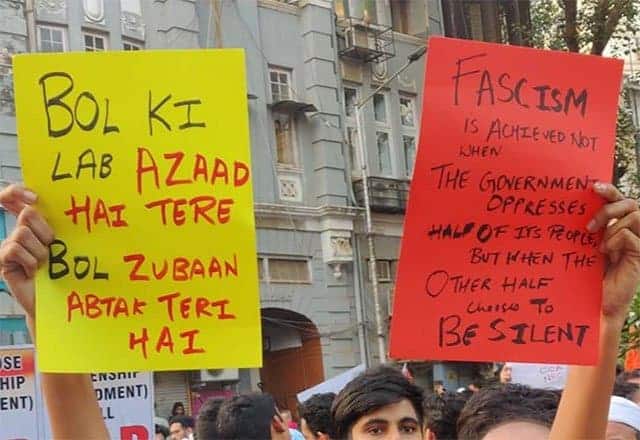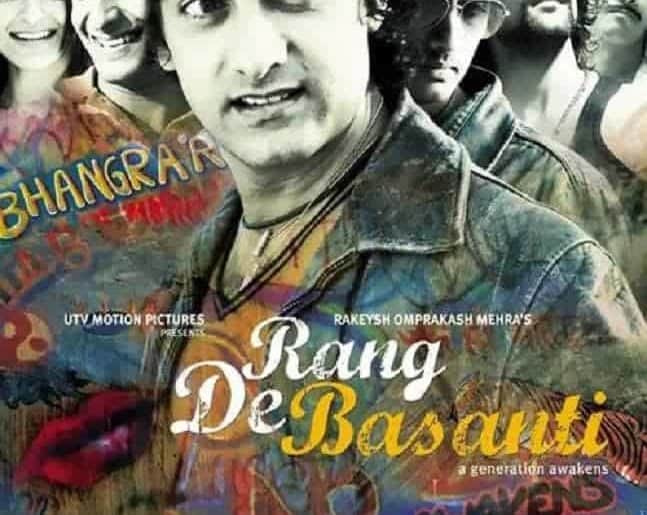The Young India Against CAA-NPR-NRC march was held on 3rd March at Jantar Mantar, New Delhi. The march had been popularised with the slogan of “Delhi Chalo” and was earlier scheduled for 11 a.m. at Ram Lila Maidan.
Dilli Chalo, a march called by Young India against CAA-NRC-NPR and several other organisations such as All India Students’ Association (AISA), Students’ Federation of India (SFI), Krantikari Yuva Sangathan (KYS), All India Students’ Federation (AISF), and so on was scheduled to take place at 11 AM. The march had been called to start at Ramlila Maidan, from where the procession would march to Jantar Mantar where several youth leaders and activists were going to address the gathering. Before 11 AM itself, the Delhi Police seized all the buses in North Campus, which students from several different colleges had hired to take them to the protest sight and had even detained the drivers, according to some sources, more than 500 people had been detained by 12 AM and buses from other universities and indefinite protests had also been stopped.
Seeing the Delhi Police’s swift response against peaceful protestors, a question is left begging to be answered. How can a police force which can detain 500+ peaceful protestors in less than an hour for no reason take days to control a riot?
Out of those detained, few were taken to Chandni Mahal Thana, while a lot of other people were driven outside Delhi and kept there by the police until 5 PM. One student along with a group of 15 other protestors was taken to Rajiv Gandhi Stadium in Bawana and kept locked inside by the Police until 5 PM, they were then taken and dropped off somewhere near the Delhi Border and had to walk kilometers to find an auto.
Despite all this, the march was changed to a protest gathering at Jantar Mantar, where 100 of students and concerned citizens showed up despite the short notice to raise their voice against the state sponsored pogroms in North-East Delhi, the fascist Government, and the unconstitutional islamophobic CAA-NRC-NPR exercise. Some of the speakers today were Aishe Ghosh, President of Jawaharlal Nehru University’s Students’ Union, Chandrashekar Azad, the leader of the Bhim Army, Umar Khalid, social activist, Shadab Najar, student shot at Jamia Millie Islamia Violence and many more.
One of the peculiar things about the Jantar Mantar protest was the security check conducted. Delhi Police checked the bags of all protestors, and when lighters or a pack of cigarettes were found in a female’s bag, they shamed her and said, “Ladkiyan bhi smoke karengi toh desh toh barbad hoga na” (Women who smoke ruin the country). They even made lewd comments about women’s clothing.
On speaking with DU Beat, Umar Khalid elucidates on how this movement against the CAA-NRC-NPR is leaderless and faceless and how that can be seen as a strength. He says “ye movement ka strength hai ki iska koi ek leader nahi hai, ek leader ko jail mai daalke iss movement ko band nahi kiya jaa sakta, ek party ke against action karke iss movement ko band nahi kiya jaa sakta, jaffrabad and northeast delhi mai dange karake desh bhar ke movement ko repress nahi kar sakte (the strength of this movement is because there is no single leader, putting one leader wont stop the movement, taking action against one political party wont stop the movement, instigating riots in north east delhi wont repress the movement.) The Decentralized nature is the strength of this movement.”
When asked further about the need for a face for the movement, he says that will only be necessary when the Centre would be willing to talk to the protestors, which he points out both the Home Ministry and the Central Government have refused to do on several occasions.
Other than this, Chandrashekhar Azad, Bhim Army Chief, spoke on the values of Ambedkar and use of CAA-NRC-NPR to suppress the minorities. He even encouraged people to mobilise and added motivation to lead the movement forward, while highlight the reckless use of sedition law by the Government.
One of the most kind-hearted sights, was a Daadi, from the resistance of Shaheen Bagh, who shared her heartwarming anecdotes with the gathering.
Student organisation from all over India came together, and some even performed parodies of popular songs, to criticise the Government and to present their dissent.
The roads of Jantar Mantar were etched with beautiful slogans, and graphics, which bring us to notice that protestors are using words, art, and knowledge to bring change, and that is the most rightful way to express dissent.
Feature Image Credits: Surbhit Rastogi for DU Beat.
Prabhanu Kumar Das
Chhavi Bahmba





